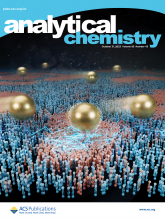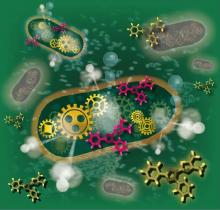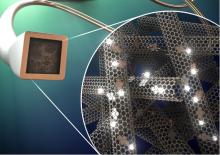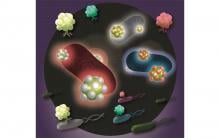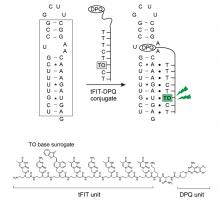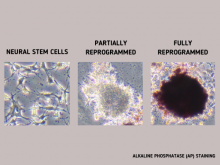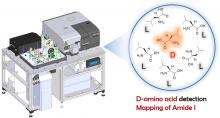Analytical Chemistry
News
08 Dec 2023
- DGIST Professor Dae-ha Seo's research team has successfully developed optical microscopy analysis technology, based on nanochemistry and machine learning, that can observe the phase separation phenomenon of the cell membrane
- The technology accurately analyzes the nanoenvironment of the cell membrane and is expected to greatly contribute to disease mechanism research and diagnostic technology
11 Sep 2023
Researchers at Osaka Metropolitan University have developed a measurement technique that rapidly measures the number of viable bacteria in food products. They have succeeded in drastically reducing the inspection time from 2 days to about 1 hour. With this technology, it will be possible to confirm food safety before shipment from factories and prevent food poisoning.
17 May 2023
To improve the therapeutic techniques to treat those with brain disorders, researchers have developed microscopic, thermally-drawn microelectronic fiber-based neural probes as a means to manipulate both electrical and chemical signals in the brain. Now, a researcher from Tohoku University’s Frontier Research Institute for Interdisciplinary Sciences has led a group that increased the functionality of these fibers by equipping them with neurochemical sensing aptamers.
29 Aug 2022
Osaka Metropolitan University scientists developed a simple, rapid method for identifying food poisoning-inducing bacteria based on color differences in the scattered light of composite structures consisting of gold, silver, and copper nanoparticles and polymer particles. Using these composites as test labels bound to specific bacteria, the researchers detected food poisoning bacteria E. coli O26, E. coli O157, and S. aureus as white, red, and blue scattered light, respectively, under the microscope. This new method enables simultaneous identification of multiple bacterial species within one hour, significantly shortening the usual 48-hour time requirement for conventional bacterial tests.
06 Jun 2022
In order to quickly detect the presence of the influenza A virus, researchers developed a fluorogenic probe that could bind to the promoter region. A fluorogenic probe uses tiny molecules called fluorophores that emit light when a specific target is present.
28 Jun 2021
A new non-invasive technique scans “chemical fingerprints” to see if ordinary cells’ reprogramming into stem cells is on track and verify transformation success by matching “print” patterns.
02 Mar 2021
We developed a multidimensional vibrational circular dichroism system with position and time coordinates using a quantum cascade laser (QCL) as a light source to achieve high intensity and narrow focusing. The QCL emitted light in the wavenumber range of 1500–1740 cm-1, which encompassed absorption bands assigned to the stretching vibrations of amides I and II. A scanning device was installed to move an attached motorized stage in two dimensions.
06 Jan 2020
Researchers at Kanazawa University report in Analytical Chemistry an efficient method for filling a batch of nanopipettes with a pore opening below 10 nanometer. The method is based on the application of a temperature gradient to the nanopipette tips so that residual air bubbles are driven out.
Events
Sorry, no events coming up for this topic.
Researchers
Sorry, no researchers coming up for this topic.
Giants in history
Sorry, no researchers coming up for this topic.



